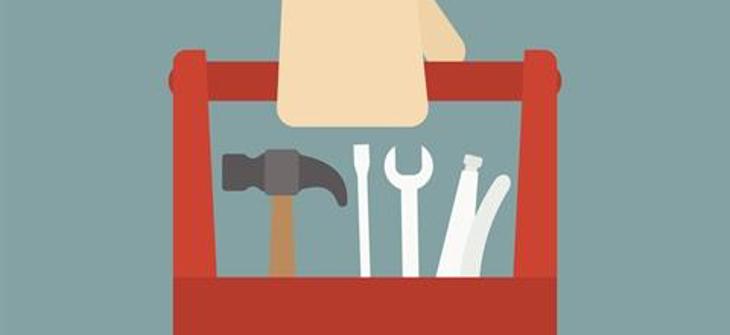
What Tools Are in Your Stormwater Toolbox?
Key Tools and Technologies for Modern Stormwater Solutions
Over the last 20 years of site-civil design, it has been interesting to see stormwater trends come and go. Some design methodologies have disappeared, only to return later or in a nearby geography as the “new” approach. Agency directives can shift based on new leadership or the prevalent regional concerns at the time. As the construction industry finds less expensive solutions or improved constructability, they can also lead a shift in regional site design. Things change—and from many angles.
For the Civil Engineer, the most rapidly changing “trends” are often in regards to stormwater. In many geographies there have been multiple waves of stormwater trends, fizzling out into the next best thing. For example, as you drive through the Portland, Oregon area, you can determine the “eras” of stormwater management by what site solutions you see. Large fenced regional detention ponds are present on one roadway, but sloped swales and underground detention may be prevalent in the neighboring subdivision. Have all of these past design methodologies been proven as failures, only to be outdone by the next approach? Perhaps some have, but most are still viable stormwater tools that should remain in our design toolbox.
Since no two civil engineering projects are exactly alike, civil engineers should bring the best stormwater tool, not just the local stormwater “soup du’ jour”. Unfortunately, the engineer often leads only based on what solution was recently approved, what a landscape architect sketched, or the current regional trend. But are those the proper reasons to select a stormwater approach? Other concerns may have a much more important and long term design drive or function:
- Site constraints and layout (property value)
- Budget / Cost
- LEED points
- Soils / slopes
- Site safety
- Life cycle costs - Operations and Maintenance (O&M)
- Future improvements, or phased work
- Site-specific pollutant removals and measured flow control
These critical drivers should dictate our engineering designs, as opposed to selection based only on recent approvals. All sites have unique constraints, so if we have identified the best methodology for meeting specific project goals and agency requirements, it is our responsibility as engineers to push those on behalf of the site owner. Engineers should present and lead the designs, versus allowing the momentum of recent trends to dictate their methods.
Unfortunately, many sites are now being approved (and developed) with stormwater management that is contrary to the overall site objectives and long term benefits. Are we actually meeting pollution reduction and flow control requirements? Are we maximizing the layout of the site or are we wasting valuable space? Are we creating a long term maintenance nightmare for the owner? Are we assigning risk to the owner should the system ever be monitored or audited?
We need to step back and think through the various tools we have in our stormwater toolbox. Perhaps you have a sloped site that can efficiently and elegantly incorporate a sloped swale on otherwise unused land. Do you have a large setback requirement that will not allow for construction but will allow for landscape and grading work? This may be an ideal candidate for a visually appealing water quality pond sized for future development as well. Do you have well-draining soils, and plenty of open maintained landscape area? A landscaped based bio-retention solution may be the best tool here, and you may even be able to eliminate a piped system.
But as urban densities and land values increase, land-based stormwater approaches are often becoming less desirable or feasible. The size reductions utilizing manufactured treatment products are dramatic and should always be considered if approved. Do parking stall requirements create space constraints? This site may benefit from underground storage and manufactured treatment products. Are proprietary bio-filtration devices approved as equivalent to traditional landscaped LID solutions? Then a high flow-rate bio-filtration device will recover the parking lot area, and can appear aesthetically identical to traditional LID. Additionally, a high flow-rate device may only take 1/10th the footprint of a traditional planter. This also allows the landscape architect to own this surplus of the site aesthetics.
As O&M requirements (and their associated auditing) are becoming more commonplace, are designs setting the owner up for long term success or failure? In some areas, land based LID solutions can rapidly fill with trash and heavy road sediment. Should these facilities include hydrodynamic pretreatment, thereby streamlining all maintenance and ensuring the media is not rapidly degraded? Is equipment access present, or will future maintenance require costly hand labor? Would a centralized system allow for decreased maintenance effort thereby decreasing overall life-cycle costs? Is long term maintenance even addressed in design?
As engineers, we need to analyze all of our stormwater design tools for the best fit. Every site is unique and requires a unique solution, thereby necessitating multiple tools. All the available strategies have a place where they will perform, so do not use a hammer as a screwdriver. Stormwater management approaches will continue to shift, so don’t forget about all the tools you have hiding in your toolbox.
